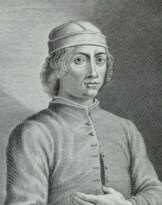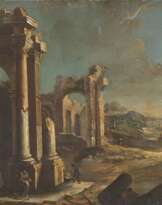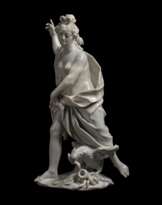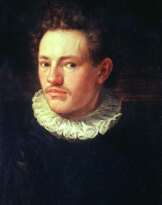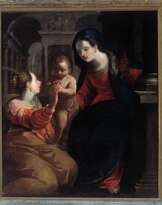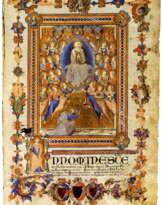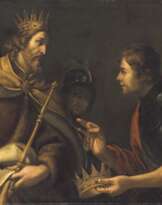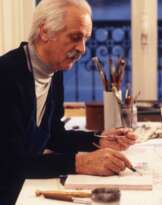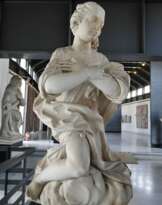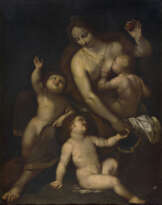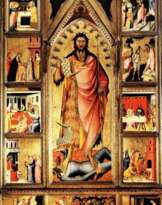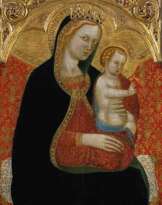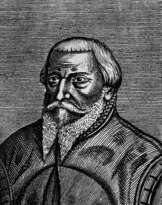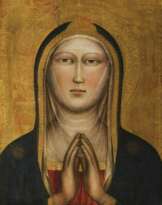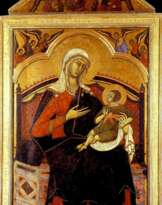Duccio di Buoninsegna (1255 - 1319)
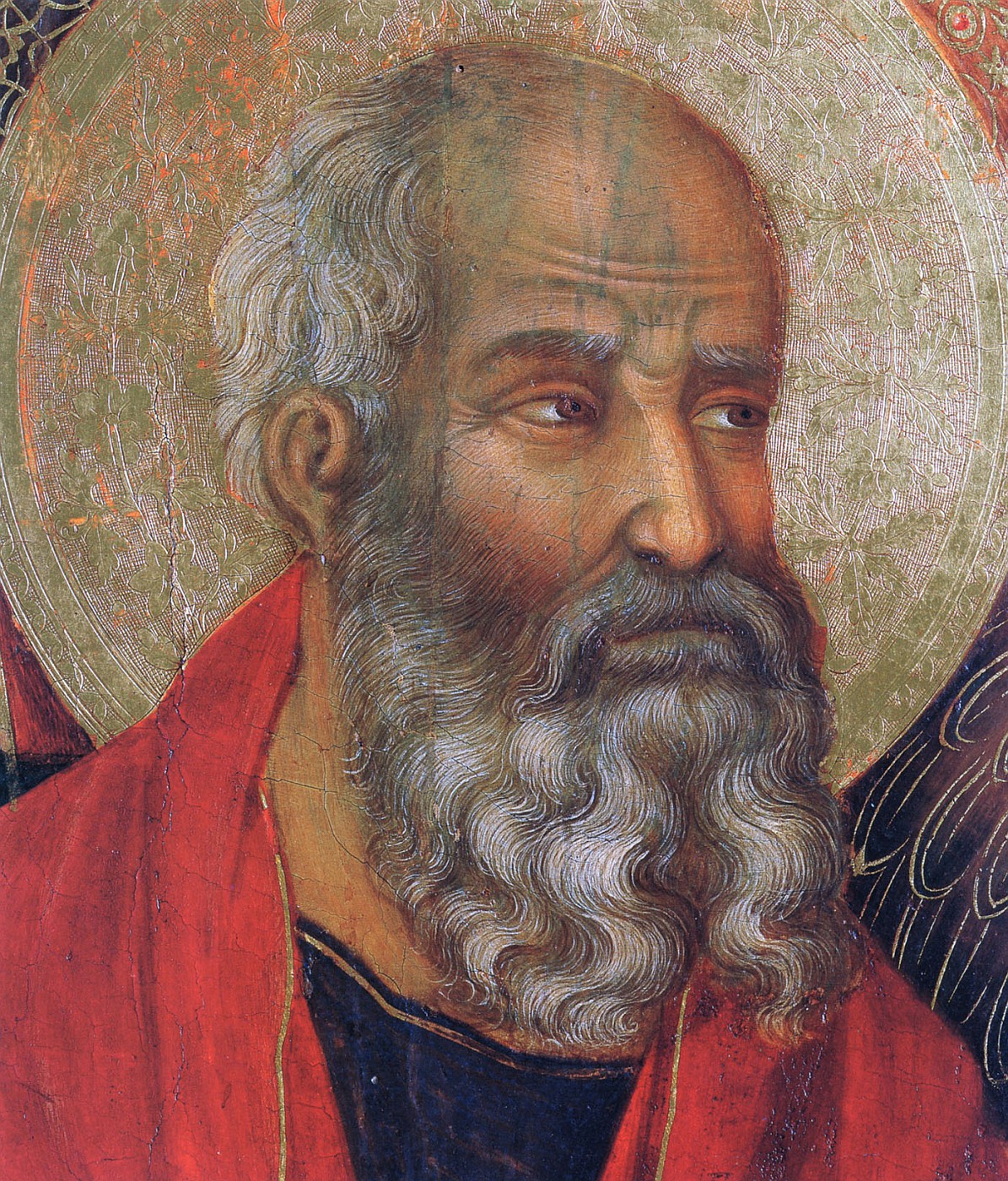
Duccio di Buoninsegna
Duccio di Buoninsegna, a master Italian painter from the late 13th and early 14th centuries, is celebrated as a pivotal figure in the Sienese school of painting. His birth and career in Siena profoundly influenced Italian medieval art, especially through his integration of the Italo-Byzantine tradition's formality with the Gothic style's emerging spirituality.
Duccio di Buoninsegna’s artworks are predominantly wood panel paintings, utilizing egg tempera and gold leaf, reflective of the period's artistic practices. His innovative approach is noted for its delicacy and precision in tempera, a marked contrast to the techniques of his contemporaries. Duccio di Buoninsegna is credited with softening the rigid lines of Byzantine art, rendering figures more rounded and three-dimensional, and employing modeling to enhance light and shadow effects, lending depth and realism to his subjects.
Among Duccio di Buoninsegna’s most significant works are the "Rucellai Madonna" at the Galleria degli Uffizi and the "Maestà", an altarpiece for Siena Cathedral. These dated and major public commissions, particularly the Maestà, created between 1308 and 1311, stand out as extraordinary achievements. The Maestà is a large and complex altarpiece, painted on both sides with about eighty separate scenes, showcasing Duccio di Buoninsegna’s intricate and detailed style.
Duccio di Buoninsegna's influence extended to numerous artists, including Simone Martini and the brothers Ambrogio and Pietro Lorenzetti. He had several followers, ranging from actual pupils in his workshop to artists simply inspired by his style. This includes artists from the first generation of followers active between 1290 and 1320, and a second generation active between about 1300 and 1335. His influence continued to shape Sienese and Tuscan painting well after his death.
For art collectors and experts, Duccio di Buoninsegna’s work represents a critical moment in Western art's evolution. His nuanced approach to religious themes and pioneering techniques make his works highly valued in the art and antiques world.
If you are passionate about the history and works of Duccio di Buoninsegna, consider signing up for updates. This subscription will keep you informed about new product sales and auction events related to Duccio di Buoninsegna's art, ensuring you stay connected to the legacy of this remarkable Sienese master.
| Date and place of birt: | 1255, Siena, Italy |
|---|---|
| Date and place of death: | 1319, Siena, Italy |
| Nationality: | Italy |
| Period of activity: | XIII, XIV century |
| Specialization: | Artist, Painter |
| Art school / group: | Sienese School |
| Genre: | Religious genre |
| Art style: | Gothic art, Proto-Renaissance |
